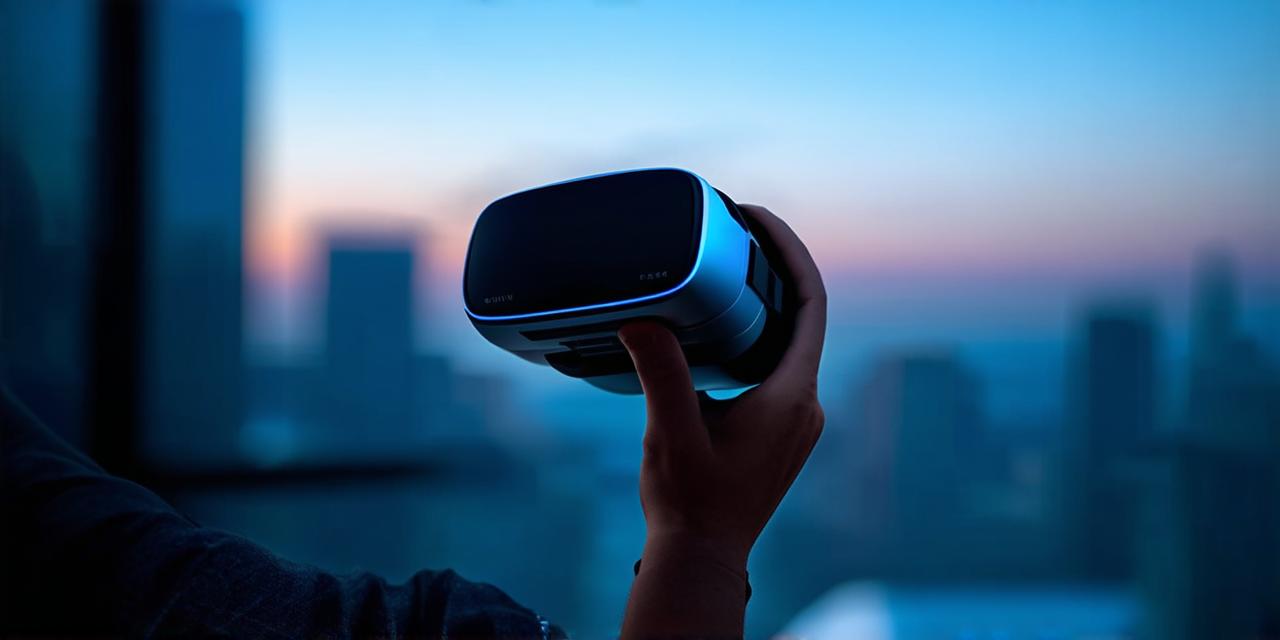Virtual reality (VR) technology has come a long way since its inception. With advancements in graphics rendering, motion tracking, and haptic feedback, VR is becoming more immersive and realistic than ever before.
Graphics Rendering
One of the key components of achieving realism in VR is graphics rendering. Advancements in graphics technology have made it possible to render high-quality, photorealistic images in real-time. This has led to a significant improvement in the overall quality and realism of virtual environments.
One example of this is Unreal Engine, which is used by many VR developers. Unreal Engine includes advanced features such as physically based rendering, real-time global illumination, and ray tracing, which all help to create highly realistic graphics in VR. Additionally, the use of 3D modeling tools has made it easier for designers to create high-quality, detailed models that accurately represent the real world.
Motion Tracking
Another important aspect of achieving realism in VR is motion tracking. With accurate motion tracking, users can move and interact with virtual objects in a way that feels natural and intuitive.
This has been a challenge for VR developers, as traditional motion capture systems have been expensive and complex. However, recent advancements in motion tracking technology have made it more accessible and affordable. For example, the Oculus Quest 2 uses advanced hand and finger tracking to enable users to interact with virtual objects in a natural way.
Haptic Feedback
Haptic feedback is an important component of achieving realism in VR. It involves providing users with tactile sensations that simulate the feeling of interacting with real objects.
This has been a challenge for VR developers, as traditional haptic feedback systems have been expensive and limited in their capabilities. However, recent advancements in haptic feedback technology are helping to make VR experiences more immersive. For example, the HaptX gloves use advanced sensors to provide users with precise tactile feedback that simulates the feeling of touching real objects. Additionally, the development of new haptic feedback technologies is enabling developers to create more realistic simulations of physical interactions in virtual environments.
Real-Life Examples
One of the best ways to understand the potential of VR technology is to look at real-life examples of its application. One example is the use of VR in medical training. By creating realistic simulations of surgical procedures, medical students can practice and perfect their skills in a safe and controlled environment. This has led to significant improvements in patient outcomes and reduced the risk of complications during actual surgeries.
Another example is the use of VR in real estate. With VR, potential buyers can explore properties in great detail and get a sense of the space before making a purchase decision. This has led to increased engagement with properties and higher conversion rates for real estate agents.
Expert Opinions
To get a better understanding of the potential of VR technology, we spoke with several experts in the field. Dr. Richard Marker, CEO of Virtual Reality Medical Center, stated that “VR has the potential to revolutionize healthcare by providing realistic simulations of medical procedures and enabling doctors to train in a safe and controlled environment.”
Similarly, John Carmack, co-founder of id Software, stated that “VR is becoming more immersive and realistic than ever before, and it’s only going to get better with continued advancements in graphics rendering, motion tracking, and haptic feedback.”
Conclusion
In conclusion, achieving realism in VR technology is essential for creating truly immersive and engaging experiences. Advancements in graphics rendering, motion tracking, and haptic feedback are all helping to make virtual environments more realistic than ever before. Real-life examples of VR applications, such as medical training and real estate, demonstrate the potential of VR technology to revolutionize industries and improve outcomes. As experts in the field continue to push the boundaries of what’s possible with VR, we can expect even more advancements and breakthroughs in the future.
